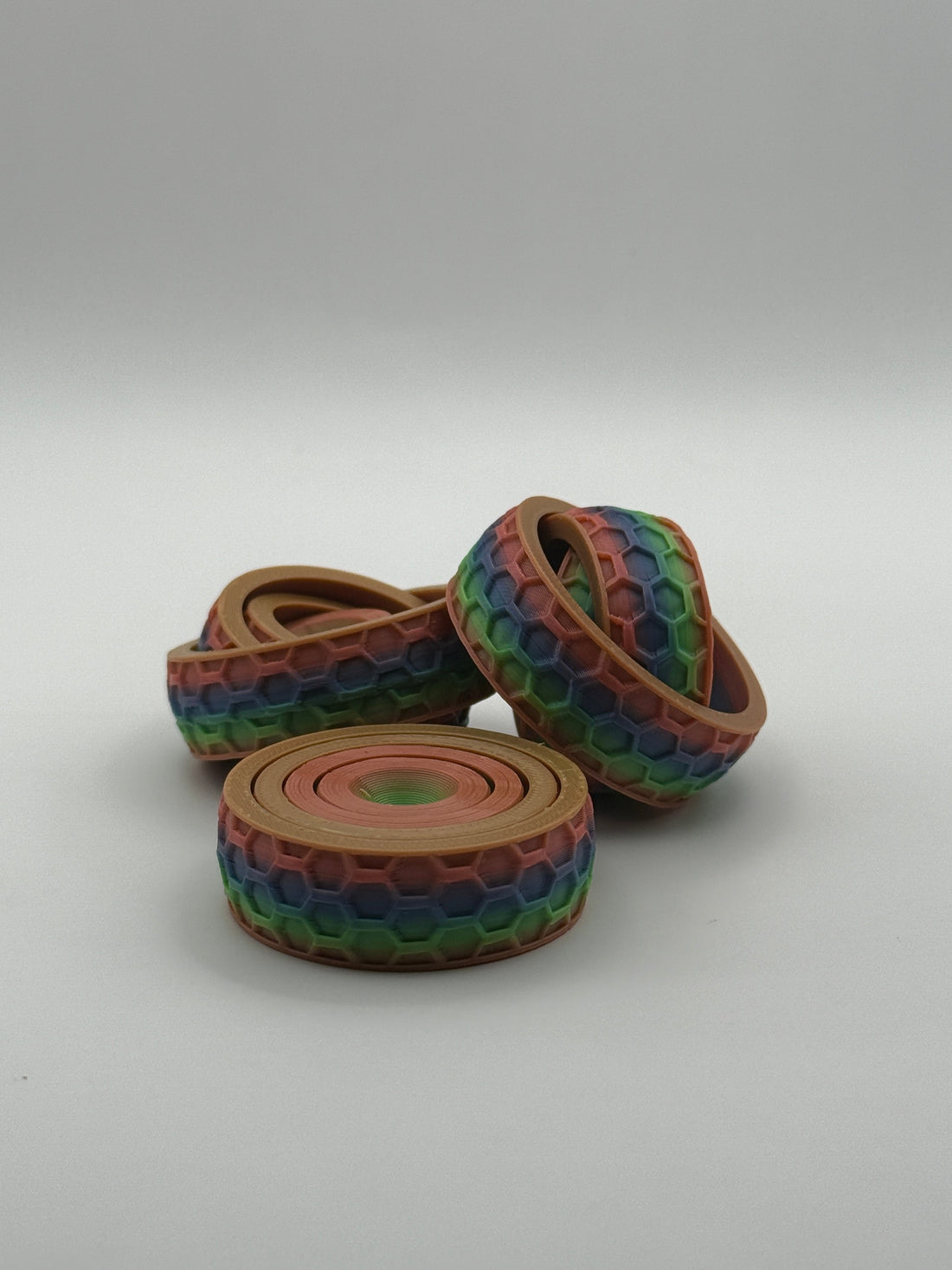
The Benefits of Fidget Toys for Kids in School and Play
Share
The Benefits of Fidget Toys for Kids in School and Play
For many kids, sitting still in class or focusing during structured activities can be a challenge. That’s where fidget toys come in. These simple tools are more than just fun gadgets — they can actually help children improve focus, reduce stress, and enjoy healthier play.
1. Boosting Focus and Attention
Some kids concentrate better when their hands are busy. Fidget toys give them a safe outlet for excess energy while allowing their minds to stay engaged in the lesson or activity. For children with ADHD, autism, or sensory processing differences, this can be especially helpful in keeping focus without becoming disruptive.
2. Reducing Stress and Anxiety
School can sometimes feel overwhelming. The repetitive motion and tactile feedback of a fidget toy can have a calming effect, helping kids manage nerves during tests, presentations, or even everyday classroom transitions. It’s like having a pocket-sized stress relief tool.
3. Supporting Sensory Needs
Many children benefit from sensory input throughout the day. The textures, motions, and resistance offered by fidget toys provide that extra stimulation their bodies crave. This can help them feel grounded and regulated, improving both learning and playtime experiences.
4. Encouraging Positive Play
Fidget toys aren’t just for school — they’re also great during free time. They can inspire creativity, friendly competition (who can spin the longest?), and independent play. Instead of restless energy turning into disruptive behavior, kids have a safe way to channel it.
5. Building Fine Motor Skills
The twisting, spinning, and squeezing involved in using fidget toys also strengthens hand muscles and coordination. These fine motor skills are important for writing, drawing, and other classroom tasks.
A Helpful Tool, Not a Distraction
When used correctly, fidget toys can be powerful tools to support kids both in and out of the classroom. They’re not meant to replace teaching or therapy, but they can complement those efforts by making focus, calm, and play more accessible to every child.
At the end of the day, a simple toy that fits in a pocket might just be the key to helping some kids thrive.
